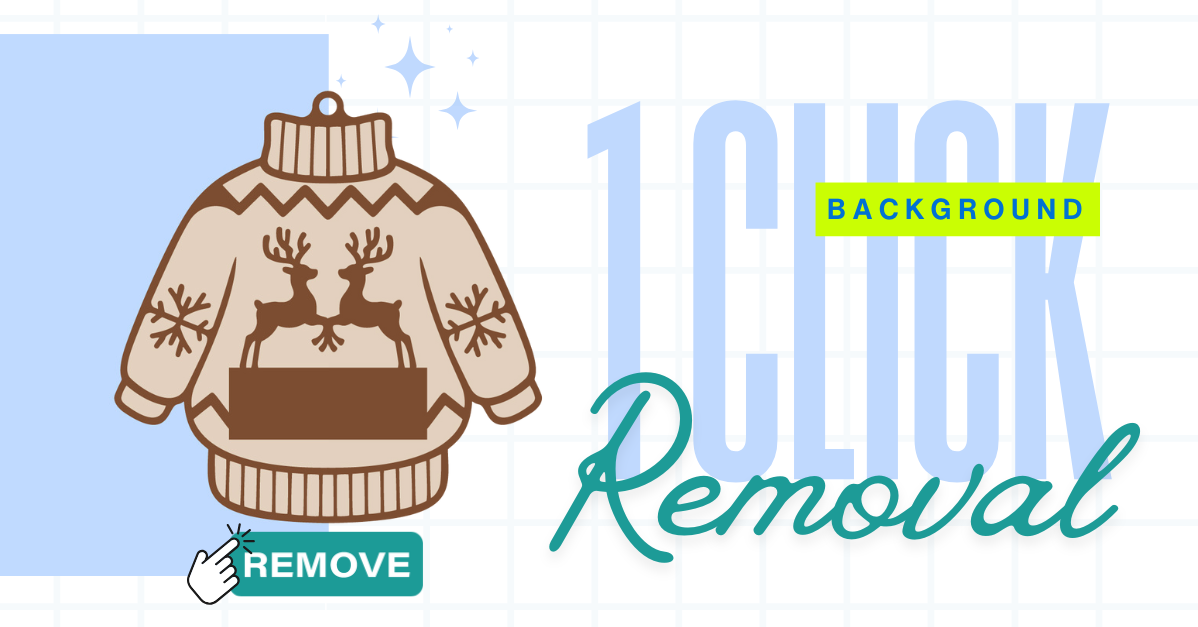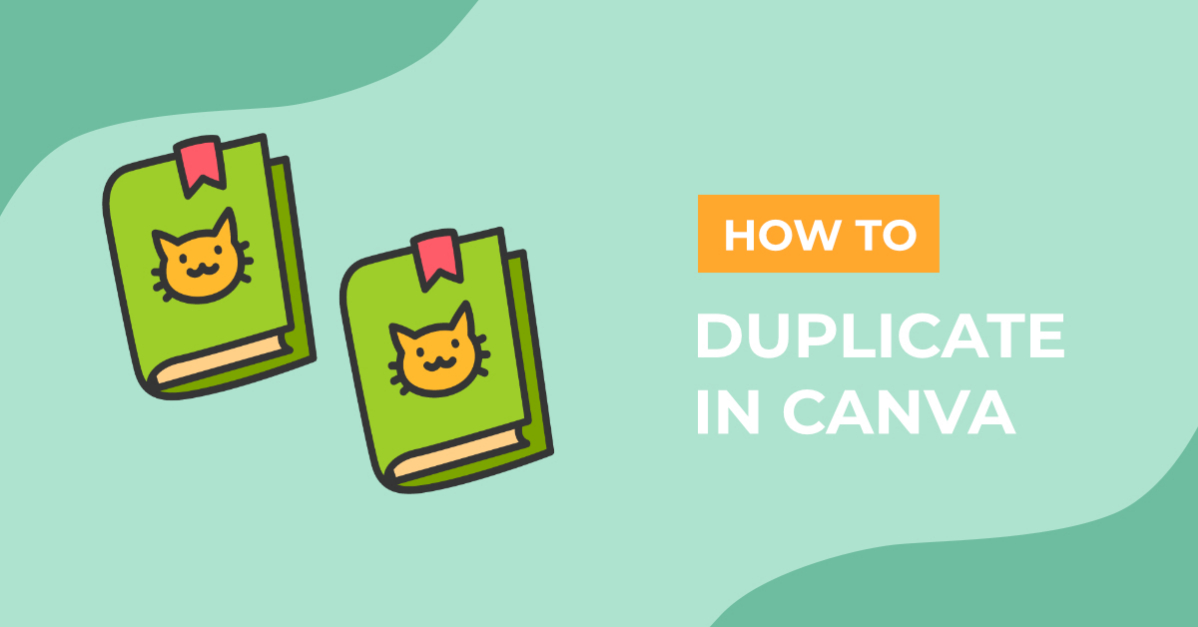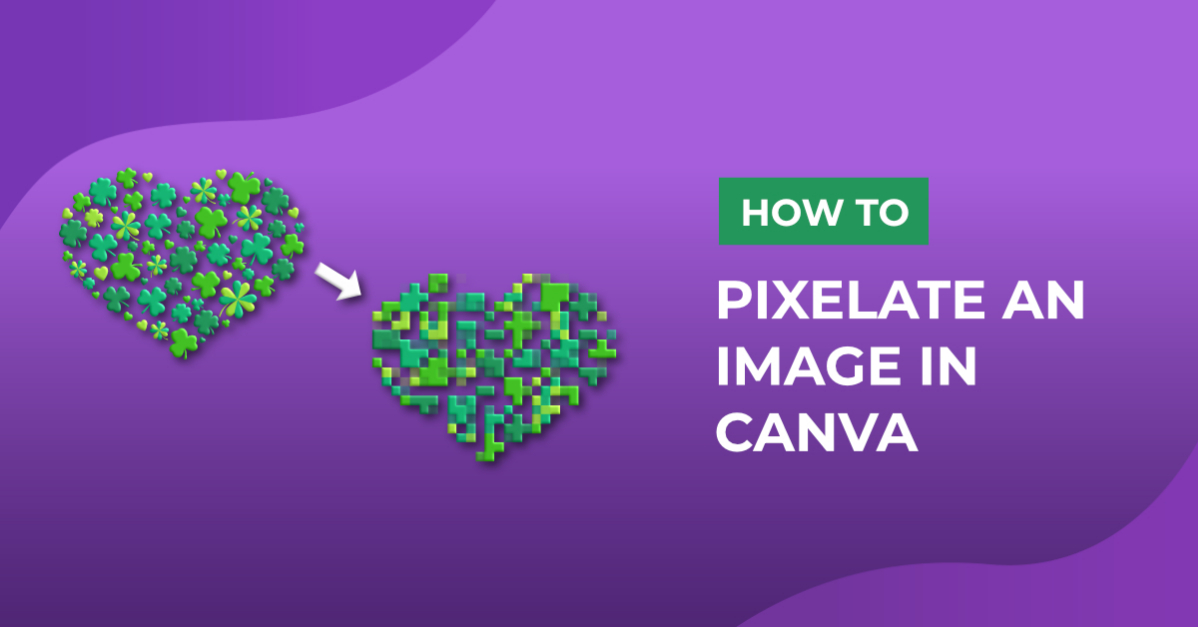- By Design Bundles
- 10 Mins
- Canva Tutorials
How to Create an Email Header in Canva
Create a stunning email header with this step by step Canva Template.
Do you want to make a custom email header in Canva, but not exactly sure where to start? Then you’re in luck! Email headers promote your brand and immediately tell customers who you are. In this tutorial, we will take you step-by-step through the process of creating a custom email header in Canva.

You can create many different options, like announcements, promotional and seasonal email headers. Just follow these easy steps to get you started. We are using an elegant blue floral watercolor for this tutorial. If you are using images/elements for your email header in Canva, ensure all files are downloaded and extracted.
Step 1 - Select a Blank Template
On the Canva home screen, we are going to quickly search for the correct template size for our email header. In the search bar at the top type “Email” and click on the email header option.

Canva has many pre-designed templates, but we are making our email header design from scratch. Click on the (+) option to create a blank template.

Step 2 - Import your Elements
Before we start adding anything to the template, we’ll import our watercolor flowers. There are two ways you can do this, upload an image in Canva or use drag and drop as we did. We opened our file with the extracted images with Canva open in the background.
Select all the florals, drag them over to the sidebar in Canva, and release. Canva will automatically upload and place them under the “Uploads” tab.

Step 3 - Design the Background
For the email header design, we are going to add a basic square shape. We do this by going to Elements > Lines & Shapes and clicking on the square. The square will automatically be placed vertically and horizontally centered on the template.
With the square selected, resize it to a rectangle while leaving a space at the top and bottom of the template.

Next, go to the “Uploads” tab and drag and drop the florals you want to use. We selected two florals, one for the top-left and one for the bottom-right of the template. You can rotate and resize elements as needed.

The last edit we will make for the background is changing the color of the rectangle shape. Select the rectangle and click on the color square at the top. Scroll down to “Photo Colors” in the color menu, then select a light color that Canva pulled from the flowers.
The HEX code for this is #f7f9fd, which gives us a cohesive color style for the email header.

Step 4 - Add your Text
With the background design made, we are going to add in text. To add text go to the “Text” tab and click on “Add a heading”. You can also use the keyboard shortcut (T). We have an in-depth tutorial on how to use text options in Canva if needed.

Type in the heading text and then change the font style by clicking on the font name dropdown at the top. You can browse through all the font styles that Canva offers or you can search by name. We used “Bodoni FLF” for our header.

Next, we changed the color of the text by clicking (A) at the top and setting the color to a dark blue (HEX #122132). We also changed the text size to 42 to be eye-catching.
You can change the text size by using the dropdown arrow or inputting a number next to the font style name. Repeating the process of adding text, we added a subtext below our heading. We chose “Brittany” for our font style and set the size to 12.

You can take your text a step further by using text effects, although this becomes more of a personal choice.
Step 5 - Finishing Touches
Before exporting your email header in Canva we need to add the final details and align the items. This will bring the design together for the final result.
In this step, double-check that all information is correct, that it all works together and the style is cohesive.
We added a pop of blue at the bottom by using the square element. Once everything has been added, align the text and elements where needed. To see all alignment options go to “Position” next to the paint roller icon on the top right.

Step 6 - Download your Email Header
In the final step, you are going to download your email header design to your device. At the top right corner, click on “Download”. For the file type, select PNG as the format and leave all other options on default.

Your custom email header is designed, downloaded, and ready to be added to your email. Make sure you do a test email by viewing your header on desktop and mobile. You will want to check that everything is easy to read before going forward. A stylish email header is not only eye catching but a great way to keep your audience informed.
6 Related Canva Tutorials
Aside from an email header, we can also create an email signature in Canva. An email signature, also known as an email footer is a part of your brand appearance that is more than just your name and job title. It gives your recipient important information about your company and ...
You can create professional and visually appealing email signatures using DesignScape, which is what we’ll be showing you today. Your email signature should provide information about you and your company along with a call to action or marketing element.DesignScape is an excellent alternative to Illustrator/Photoshop and is ...
Creating your artwork on the perfect sized canvas will save you the pain of having to crop or lose quality when scaling up. Your canvas size is the first and most important step that you take when illustrating. But, don’t panic, in this tutorial, I’m going to take ...
There are many ways you can design your Instagram feed but the most creative way to make your profile stand out is to create a puzzle feed. Instagram puzzle makes use of multiple photos that you post separately to create a large, eye-catching collage that connects shapes, colors, and images ...
Your logo is the beginning of your visual brand, both in person and online. It is a part of your brand identity that helps people recognize your products and services.Ideally, logos should be created in industry-standard vector graphic editing software like Adobe Illustrator or Affinity Designer. But not everyone ...
1- Open canvas workspace. Click on the shape tool.2- Select a rectangle.3- Using the edit tool, Change the size of your rectangle to make it long and thin.4- With your thin shape selected, right click and duplicate.5- Move the duplicate under the original.6- Align the 2 ...

 All your Font Needs
All your Font Needs




